Special Report
20 Groceries Driving Up Your Food Bill the Most
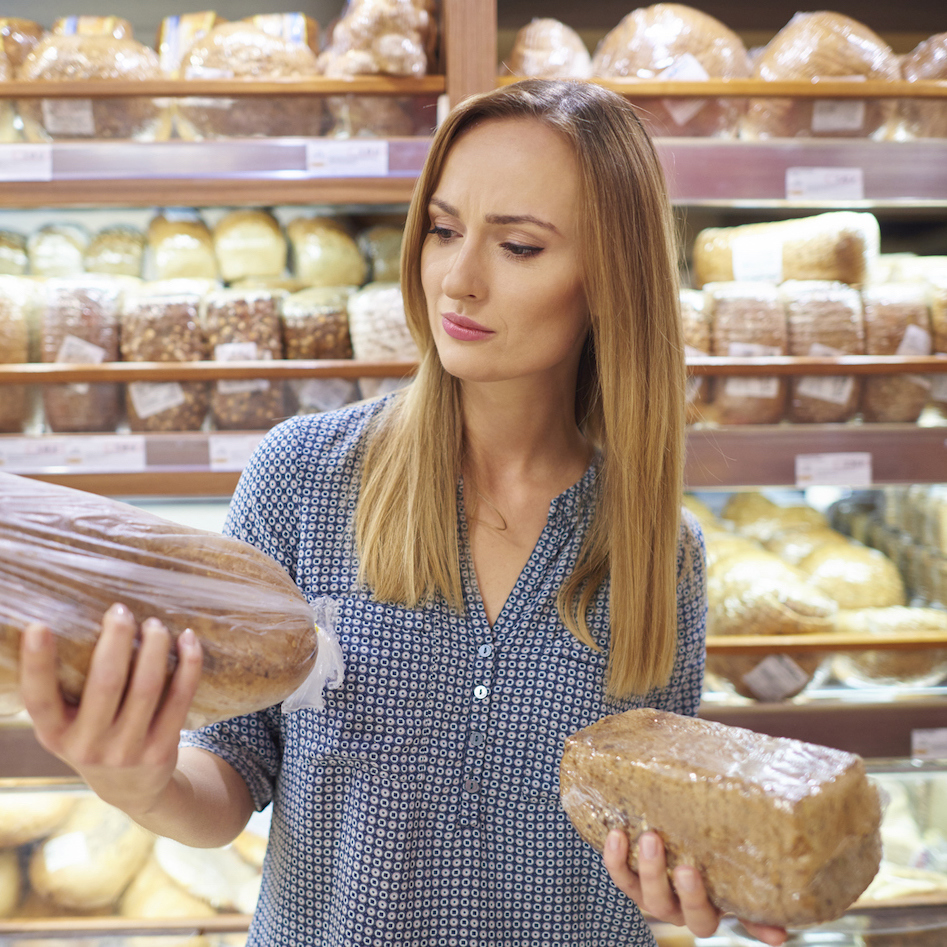
Published:
Last Updated:

The price of all food has risen 26.8% over the past 10 years, outpacing the 21.9% inflation rate over the same period.
Several key factors generally affect food prices in the long run. High oil prices increase the cost of shipping; droughts and floods cause shortages of certain key products; and a growing appetite for more expensive food from an increasingly affluent world population drives up the overall demand — and price — of food.
In the short run, the supply and demand of food is subject to factors such as weather, disease outbreak, and changing consumer preferences. In recent years, the California drought, the 2015 avian flu outbreak, and an increasing appetite for higher priced items such as organic foods in the United States and meat and dairy products in developing countries have caused some goods to appreciate in price far faster than most food items.
To determine the groceries driving up food bills the most, 24/7 Wall St. analyzed changes in the consumer price index from 2007 to 2017 for over 300 goods using data from the Bureau of Labor Statistics. The prices of 20 grocery items increased by at least 26% over the last 10 years.
Click here to see the full list of the groceries driving up your food bill the most.
Click here to see our detailed findings and methodology.
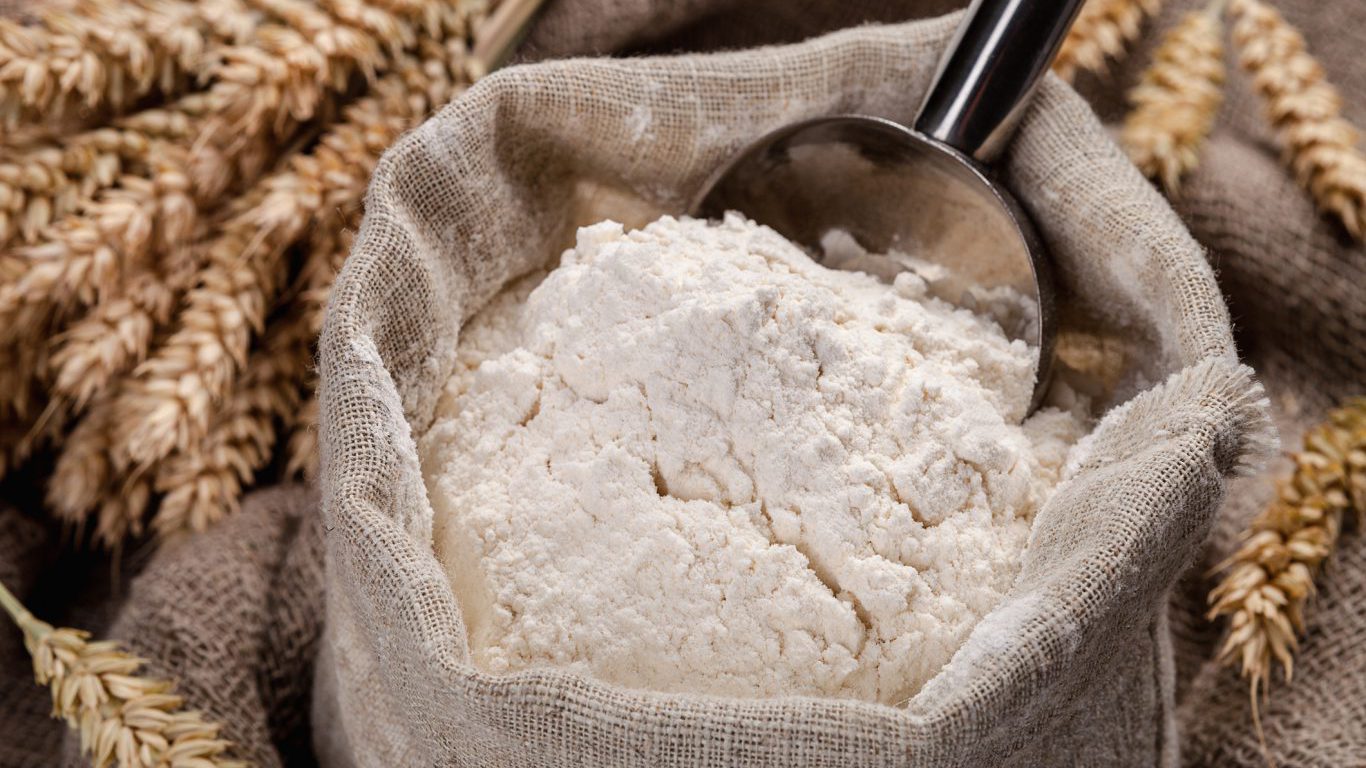
20. Flour and prepared flour mixes
> 10-year price increase: 26.0%
[in-text-ad]
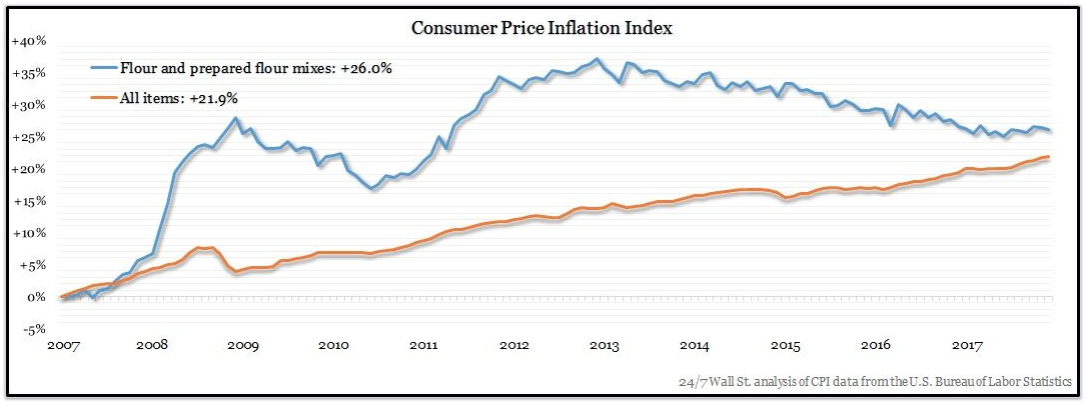
Click image to enlarge
The spike in the price of flour has been particularly hard on the baked goods industry, which is also struggling with the rapid increase in butter prices. The price of cakes, cupcakes, and cookies rose by 30.5% from 2007 to 2017, and the price of fresh biscuits, rolls, and muffins rose by 33.0%.
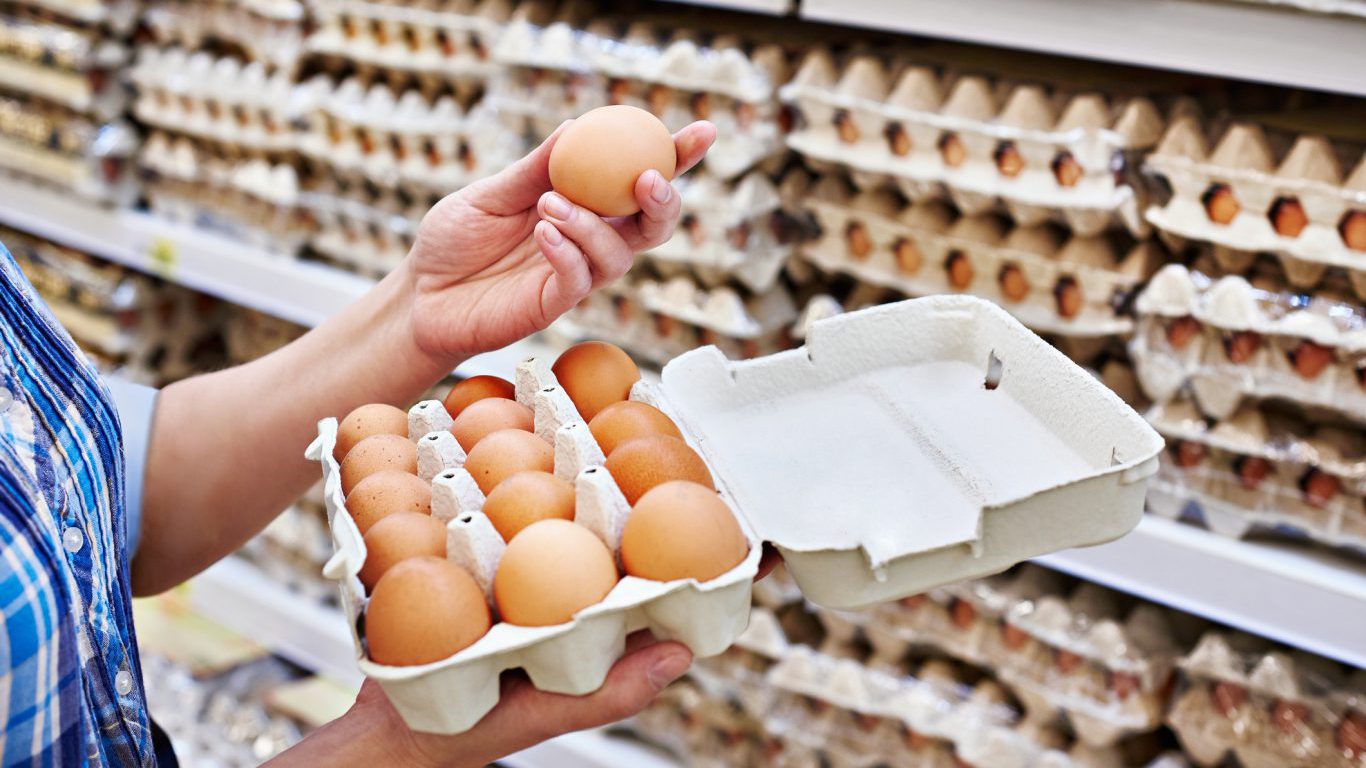
19. Eggs
> 10-year price increase: 26.4%
Click image to enlarge
Rising demand for eggs is one reason for rising prices. Annual consumption has risen from 252 eggs per American in 2007 to 275 in 2017, and it is expected to continue grow. The spike in 2015 was largely the result of the worst outbreak of avian flu in U.S. history, which led to the deaths of approximately 10% of the egg-laying hens in the U.S. — and to a 40% increase in the price of eggs nationwide. In some parts of the country, egg prices more than doubled.
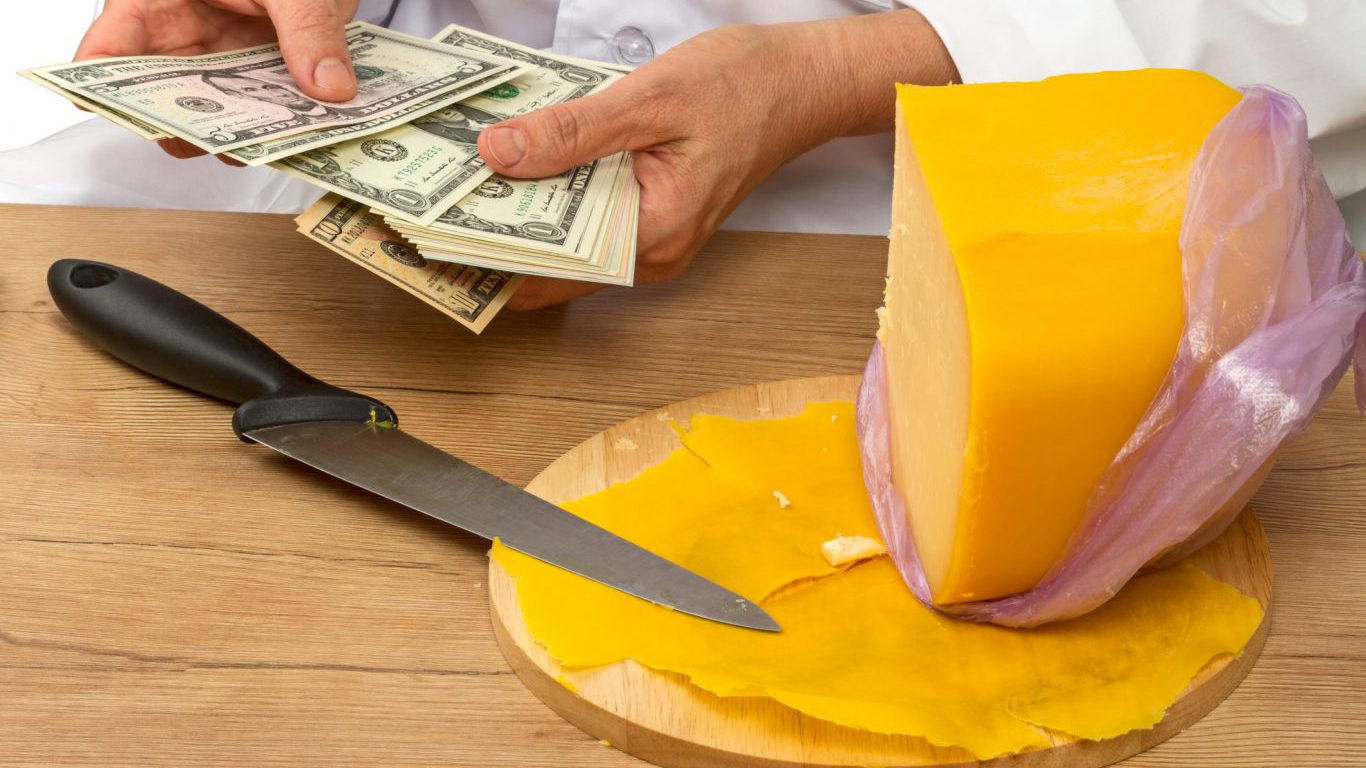
18. Cheese and related products
> 10-year price increase: 26.7%
Click image to enlarge
A shortage of cow milk and growing demand for dairy products contributed to rising prices of cheese. Rising grain and feed costs have forced many farmers to cut back on milk production. Meanwhile, demand has likely increased partially as the result of recent better perception of saturated fats often found in dairy products. There also has been an increased demand for organic cheese products, which are generally more expensive.
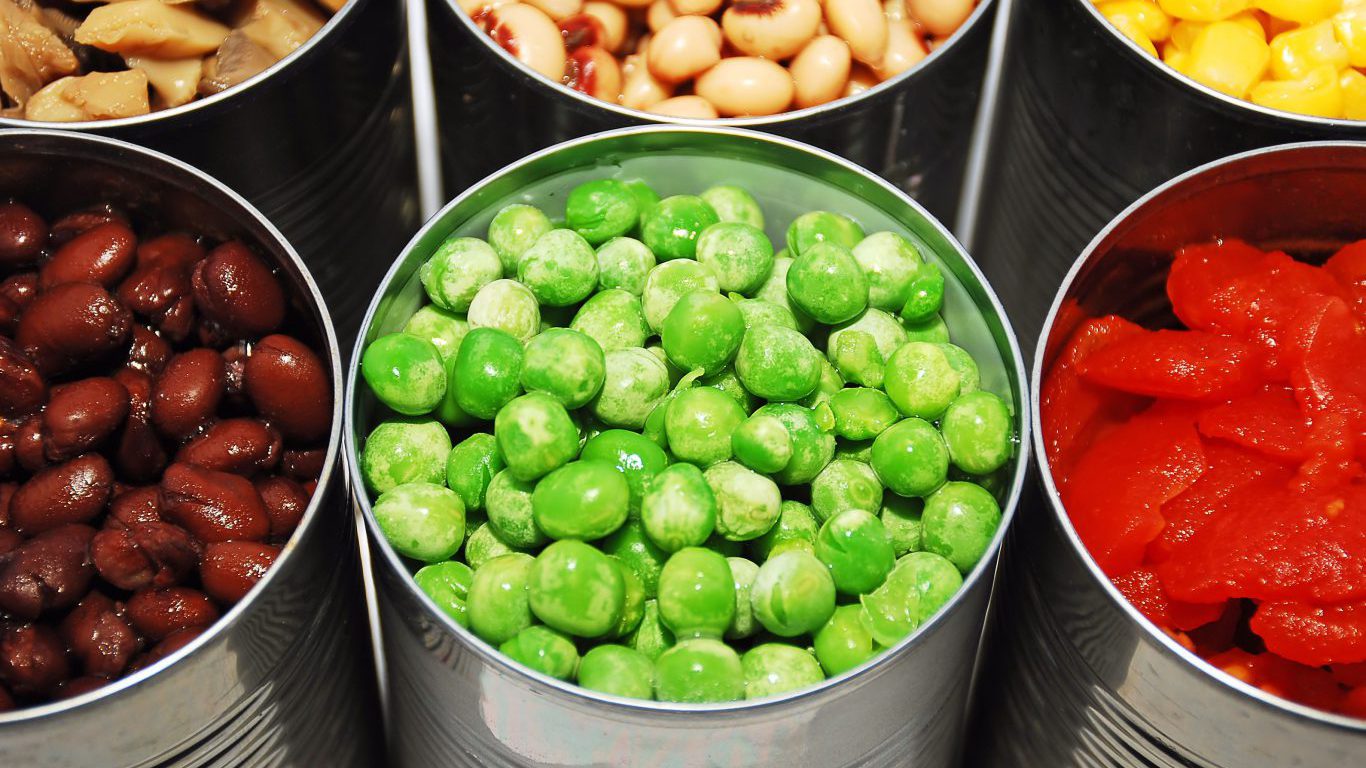
17. Canned vegetables
> 10-year price increase: 26.9%
[in-text-ad-2]
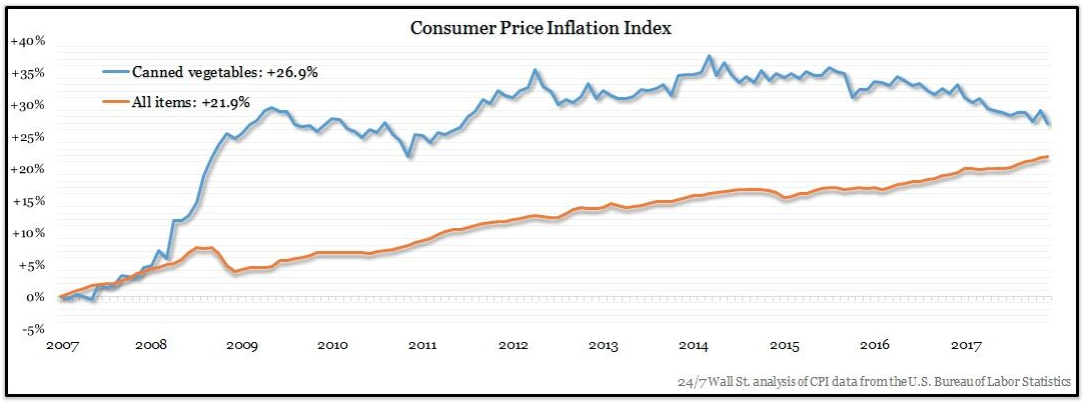
Click image to enlarge
Canned vegetables have a longer shelf life than fresh produce as well as lower shipping and handling costs. While these factors generally apply downward pressure on price, rising demand seems to have contributed to the rising prices. According to the USDA, canned vegetable consumption tends to rise with age. The considerable growth of the U.S. elderly population over the last decade likely led to an increased demand for canned vegetables overall, contributing to the commodity’s sharp rise in the price.
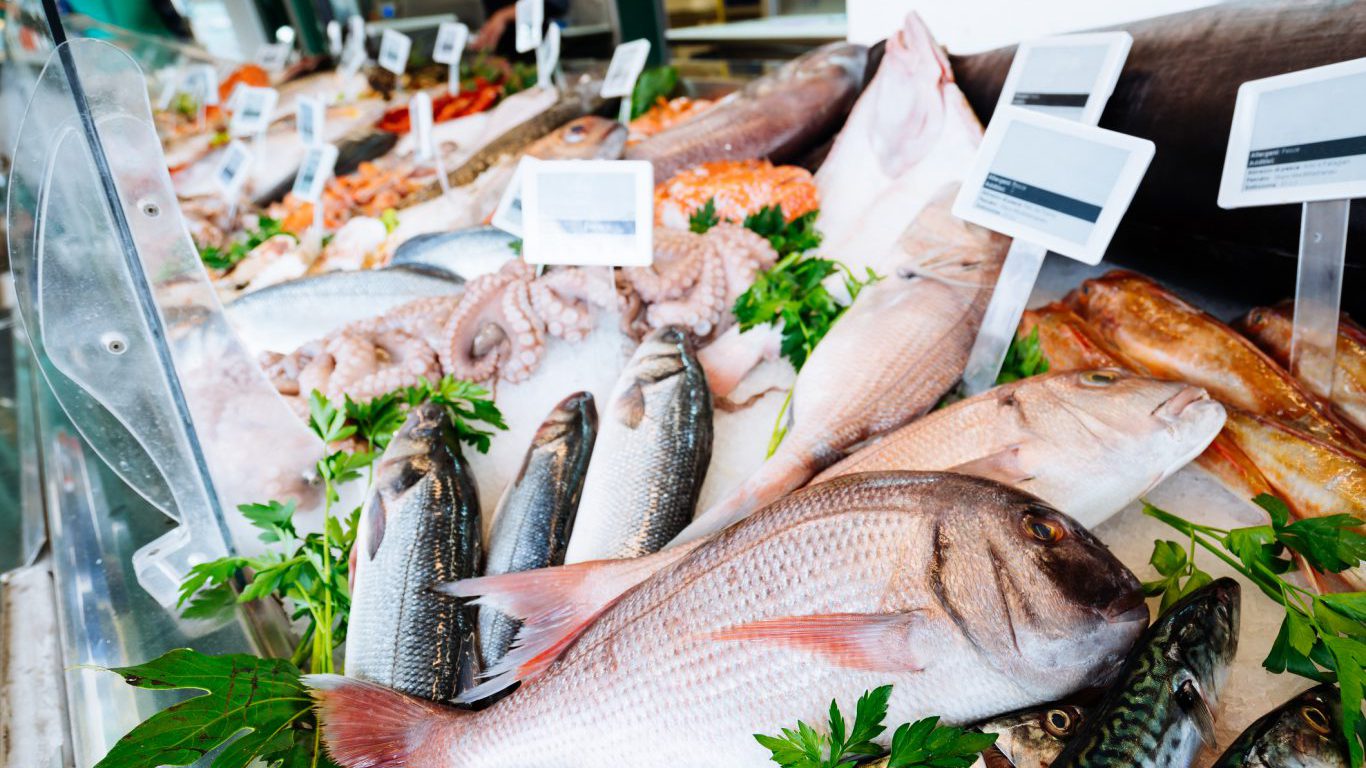
16. Frozen fish and seafood
> 10-year price increase: 28.7%
Click image to enlarge
The U.S. aquaculture industry largely consists of catfish, trout, salmon, tilapia, hybrid striped bass, sturgeon, walleye, and yellow perch. Shrimp, salmon, and canned tuna make up more than half of seafood consumed in the United States. The vast majority of seafood American eat is imported. The increase in the price of seafood likely stems from rising demand for fish worldwide, particularly in China.
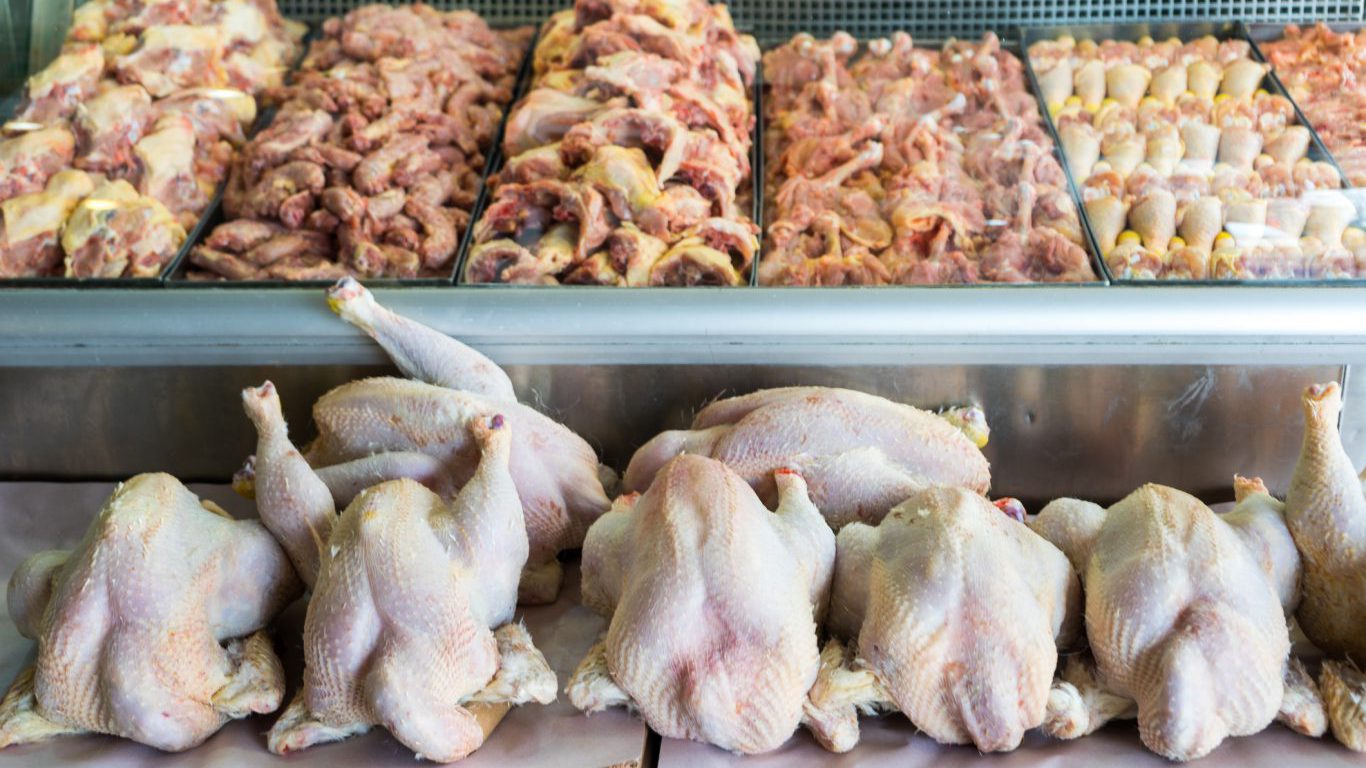
15. Other poultry including turkey
> 10-year price increase: 30.2%
[in-text-ad]
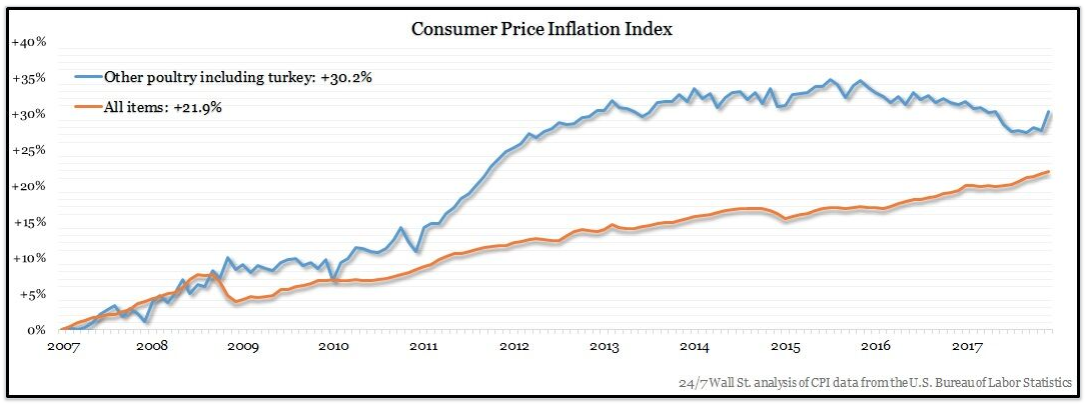
Click image to enlarge
One reason for the price hike in 2015 may have been a supply shortage caused by the worst outbreak of bird flu in U.S. history. The loss of roughly 48 million birds to avian influenza in the summer of 2015 resulted in an estimated 20% increase in the price of turkey from the year prior.

14. Cakes, cupcakes, and cookies
> 10-year price increase: 30.5%
Click image to enlarge
The price of cakes, cupcakes, and cookies rose slightly faster than the price of flour, which is a main ingredient in many of these baked goods. The rising cost of butter may also have contributed to the increase in baked goods prices. The price of butter rose 42.1% over the last decade, more than nearly any other food item.

13. Bread
> 10-year price increase: 31.8%
Click image to enlarge
American wheat consumption per capita has gradually declined over the last two decades as more consumers adopt low-carb diets and some phase bread out of their grocery lists entirely. Despite falling consumption in the United States, increased demand for expensive artisanal breads and consistent demand for bread in Europe and the rest of the world has driven the price of the commodity up over the past decade.
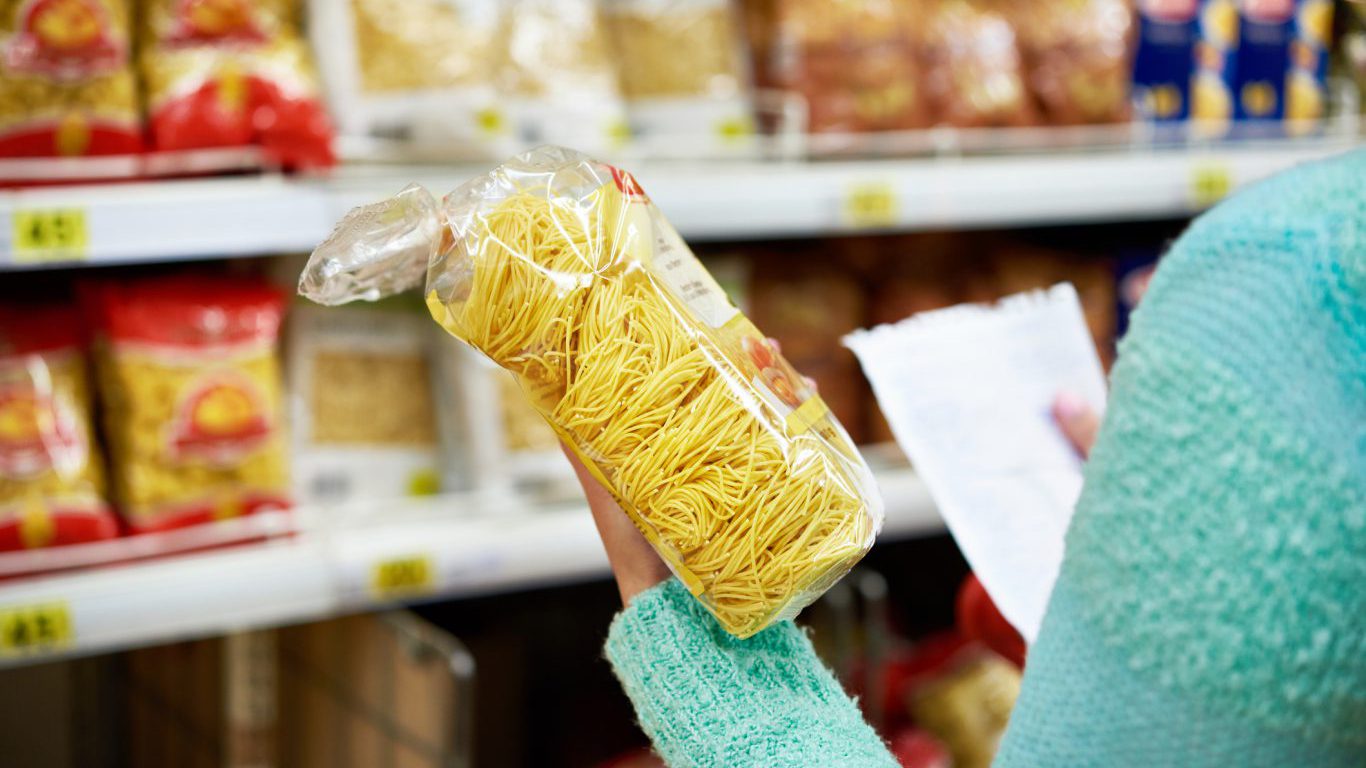
12. Rice, pasta, cornmeal
> 10-year price increase: 32.4%
[in-text-ad-2]
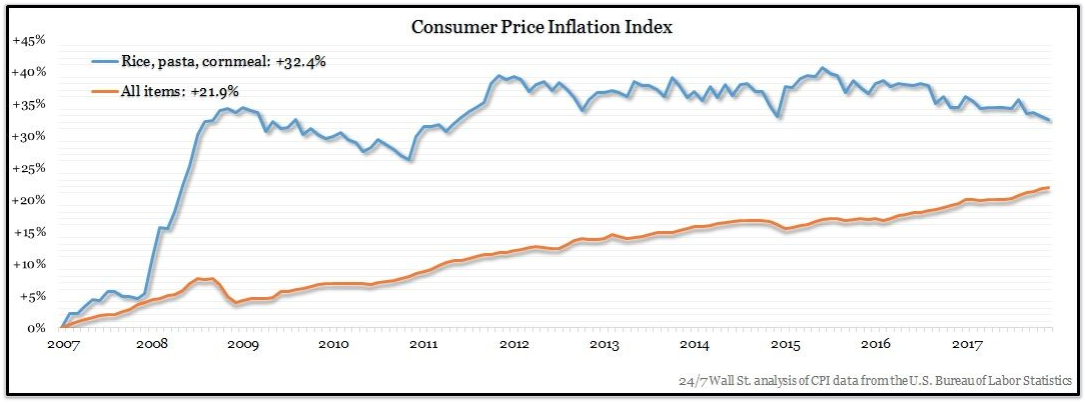
Click image to enlarge
For those watching both their weight and their wallet, now may be the perfect time to start a low-carb diet. The price increase likely did not go unnoticed by Americans, who consume an average of 19.4 pounds of pasta annually. Compare that to Italy, where citizens consume 51.8 pounds of pasta per capita each year.

11. Fresh biscuits, rolls, muffins
> 10-year price increase: 33.0%
Click image to enlarge
The increase in the price of flour and butter over the past decade has had a substantial effect on the baked goods industry. The price of flour and prepared flour mixes increased 26.0% from 2007 to 2017, and the price of butter increased 42.1%. Over the same period, the price of fresh biscuits, rolls, and muffins rose 33.0%.

10. Fats and oils
> 10-year price increase: 34.9%
[in-text-ad]
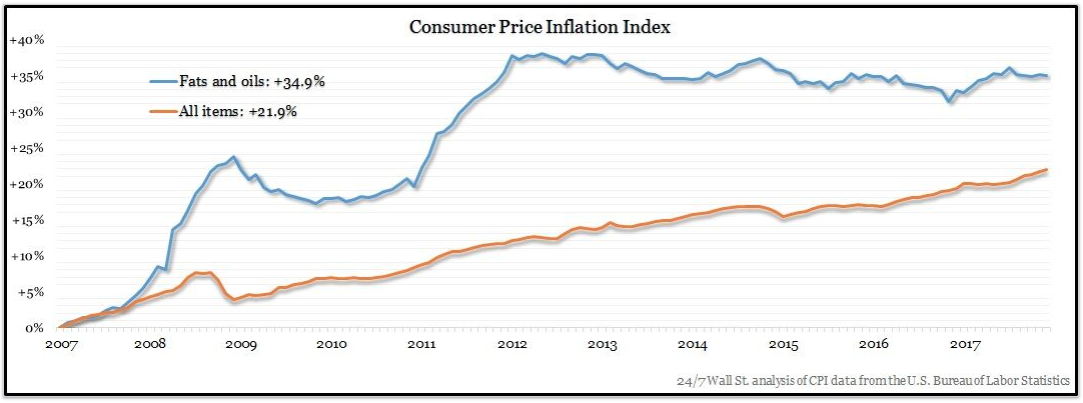
Click image to enlarge
One driving force behind the rising price of fats and oils was likely the rising price of peanut butter. Peanut production fell by about 30% from 2008 to 2011, and peanut prices skyrocketed as a result. While peanut production has returned to normal levels, the price of fats and oils has remained largely unchanged over the past five years.
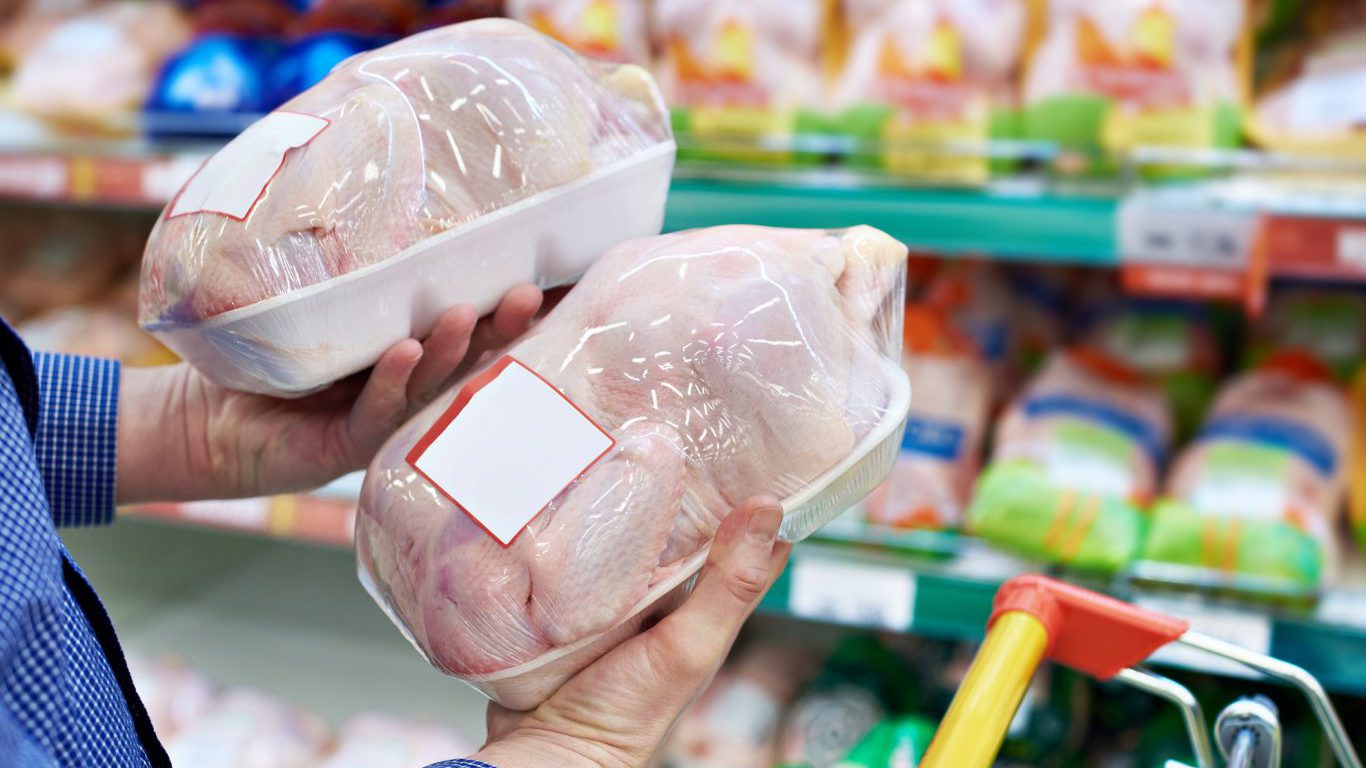
9. Fresh whole chicken
> 10-year price increase: 35.1%
Click image to enlarge
In addition to rising feed costs, growing consumer demand, and the 2015 outbreak of the avian flu, another factor that has affected the price of chicken is a decline in fertility. According to the Wall Street Journal, the current hatch rate is the smallest since 2007. While there is currently little consensus as to what is causing the decline in hatch rate, some believe a genetic issue has left many breeder roosters susceptible to overfeeding, which reduces fertility.
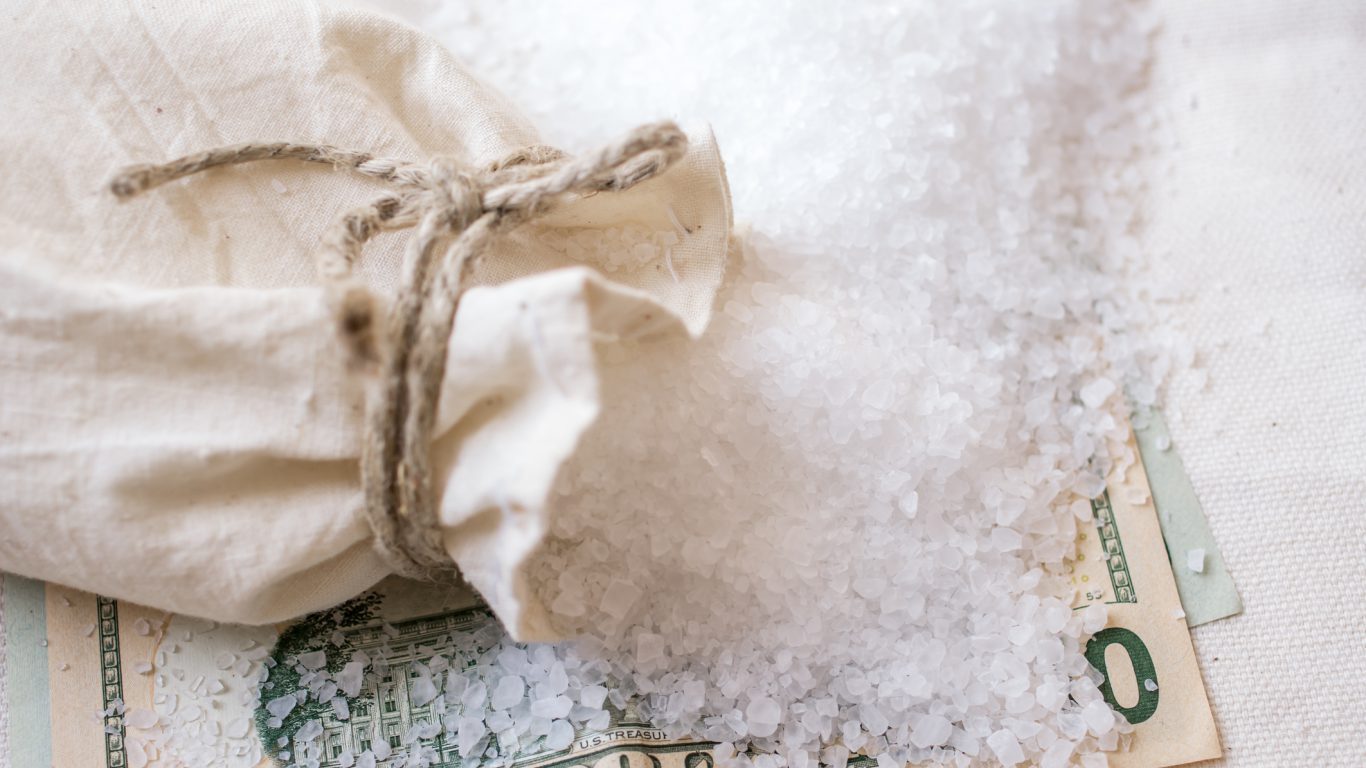
8. Salt and other seasonings and spices
> 10-year price increase: 36.5%
Click image to enlarge
One factor contributing to the increase in the price of salt overall may be the rapid growth of the gourmet salt market, which includes products such as Himalayan salt, sel gris, and fleur de sel. While a rise in price can reduce demand for a consumer good, sodium consumption among Americans has remained largely unchanged over the past 10 years, according to the Centers for Disease Control and Prevention.
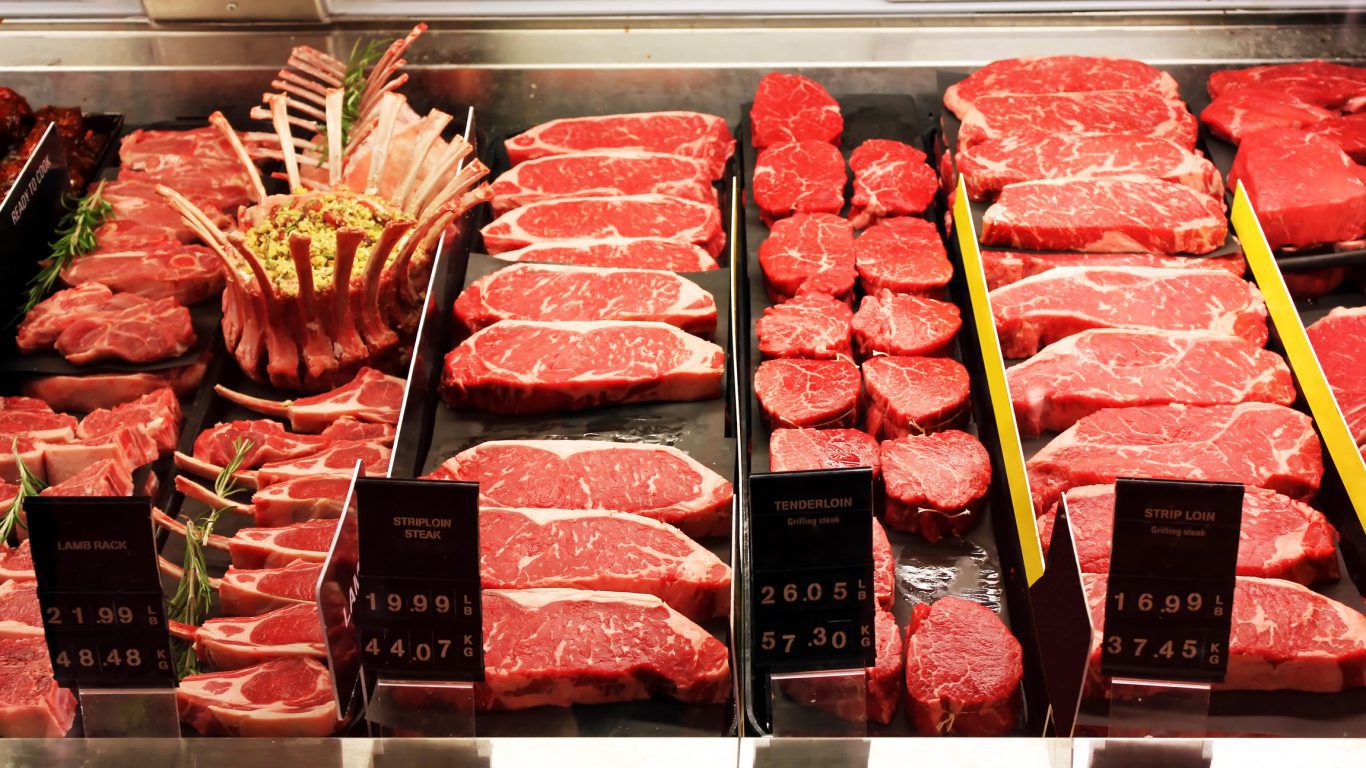
7. Uncooked beef steaks
> 10-year price increase: 41.0%
[in-text-ad-2]
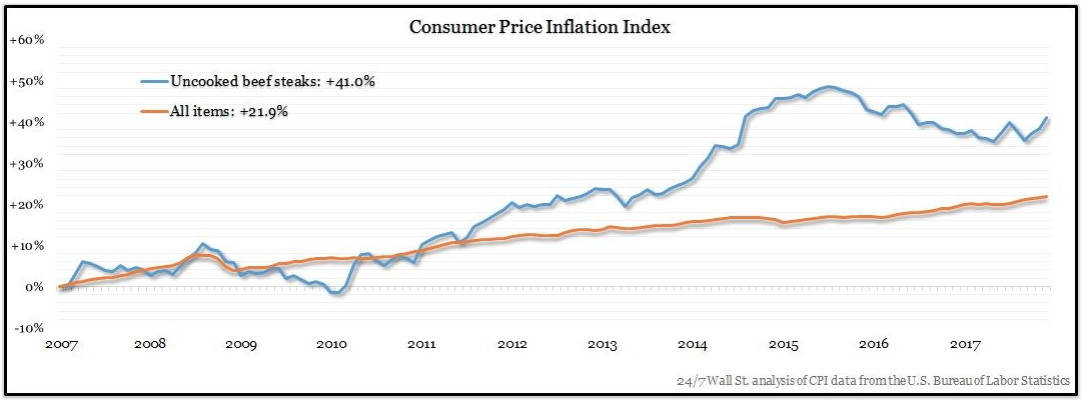
Click image to enlarge
Years of drought in the country’s top cattle-producing regions have contributed to a beef shortage. The U.S. cattle inventory fell to a 50-year low in 2015 and remains relatively low. That, along with rising feed and energy prices, resulted in an increase in the price of fresh beef — which also has hurt demand. U.S. per-capita beef consumption fell by about 15% over the last decade.
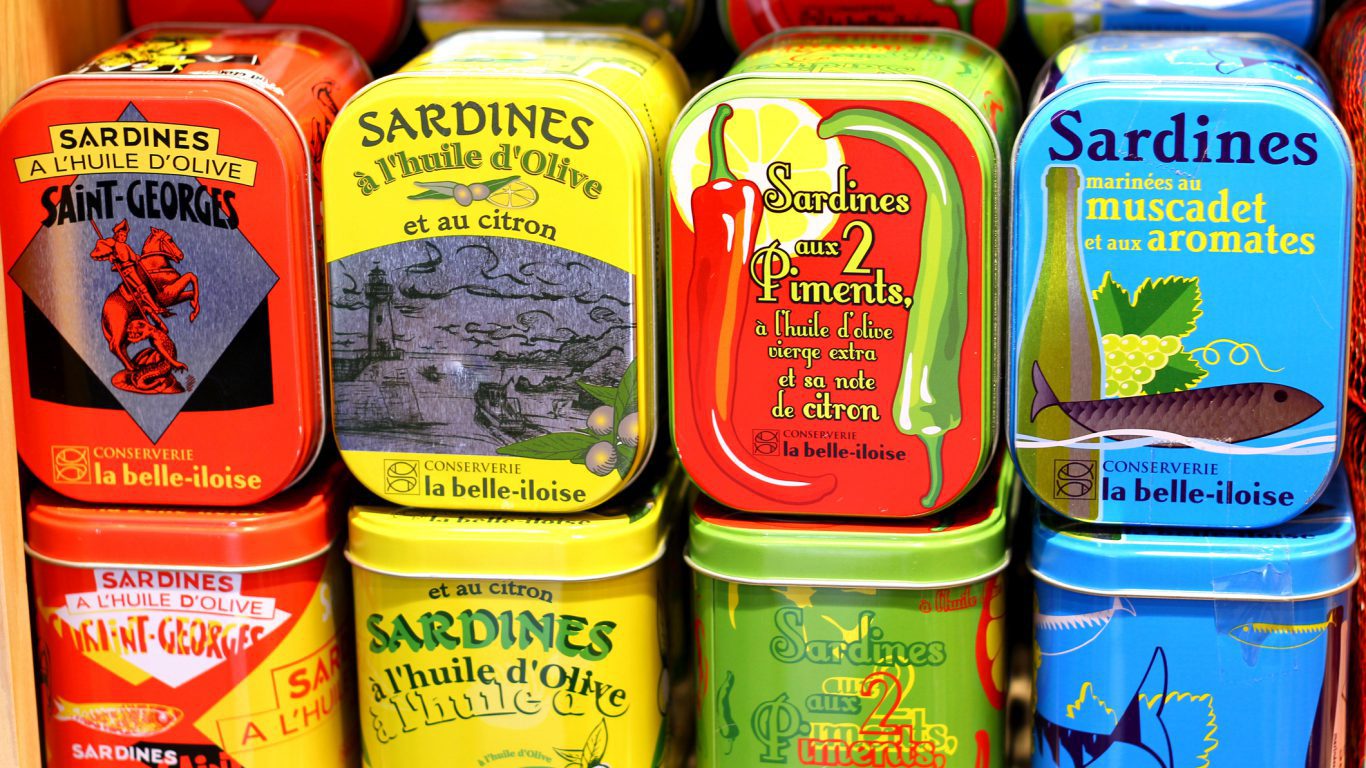
6. Shelf stable fish and seafood
> 10-year price increase: 41.4%
Click image to enlarge
One factor affecting the cost of fresh fish is the rising cost of fishmeal, which has increased production costs for farmed seafood. Additionally, as the average consumer gets wealthier, demand for more expensive, high-end fish such as tuna and salmon increases, which pushes the price of fresh seafood higher overall.
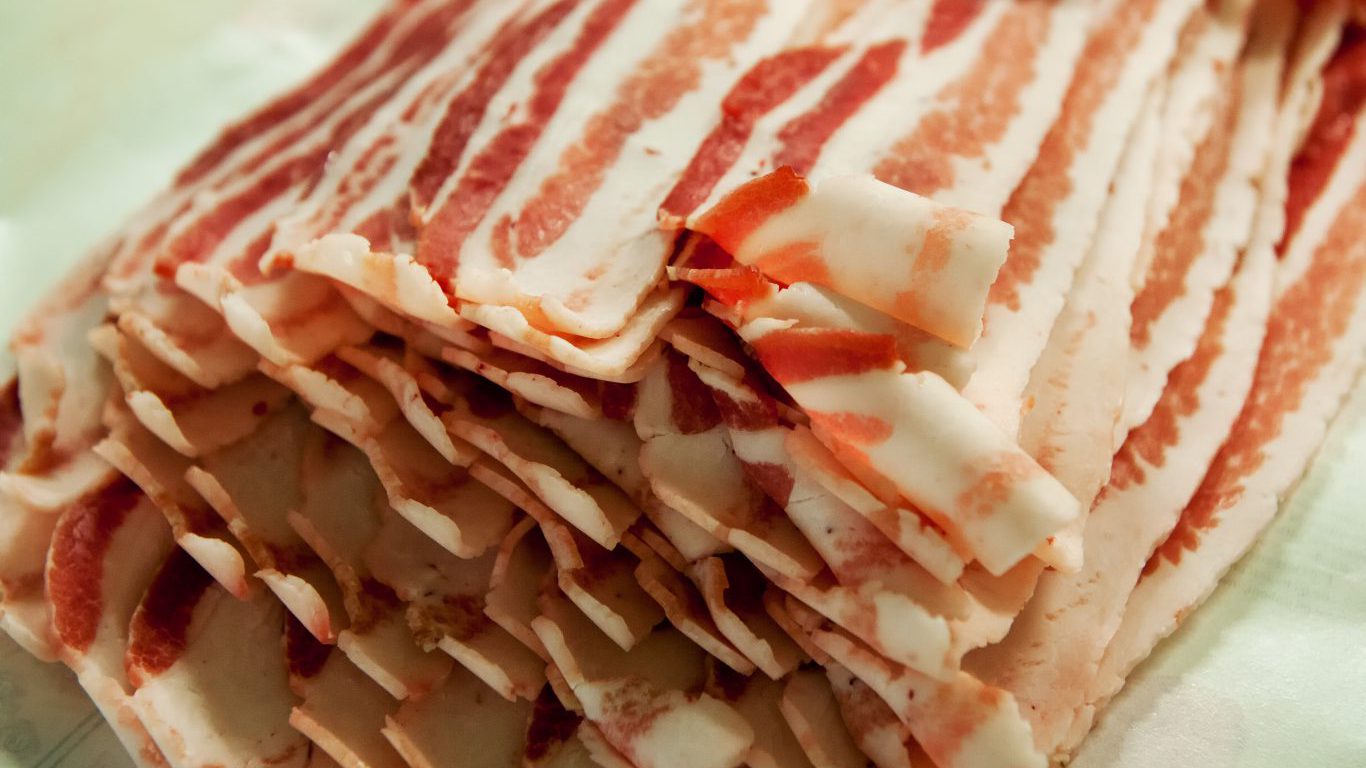
5. Bacon and related products
> 10-year price increase: 41.6%
[in-text-ad]
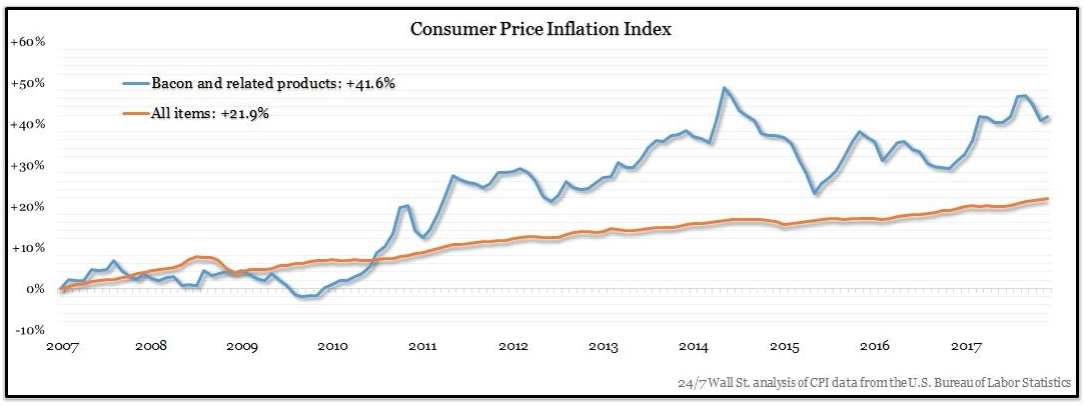
Click image to enlarge
The increase in the price of bacon has largely been due to growing consumer demand and a massive pork supply shortage. The U.S. supply of frozen pork belly fell to just 14.0 million pounds in January 2017, a 70% decline from 10 years ago and the lowest point since 1957, according to the U.S. Department of Agriculture.

4. Prescription drugs
> 10-year price increase: 43.9%
Click image to enlarge
Despite heavy competition, pharmaceutical companies have raised the prices of prescription drugs in recent years. The prices of four of the 10 most popular prescription drugs in the United States have more than doubled since 2011. Despite the rising costs, demand for drugs has continuously grown in recent years. The share of Americans using at least one prescription drug a month has risen over the past two decades and now sits at nearly half of all Americans, according to the CDC.
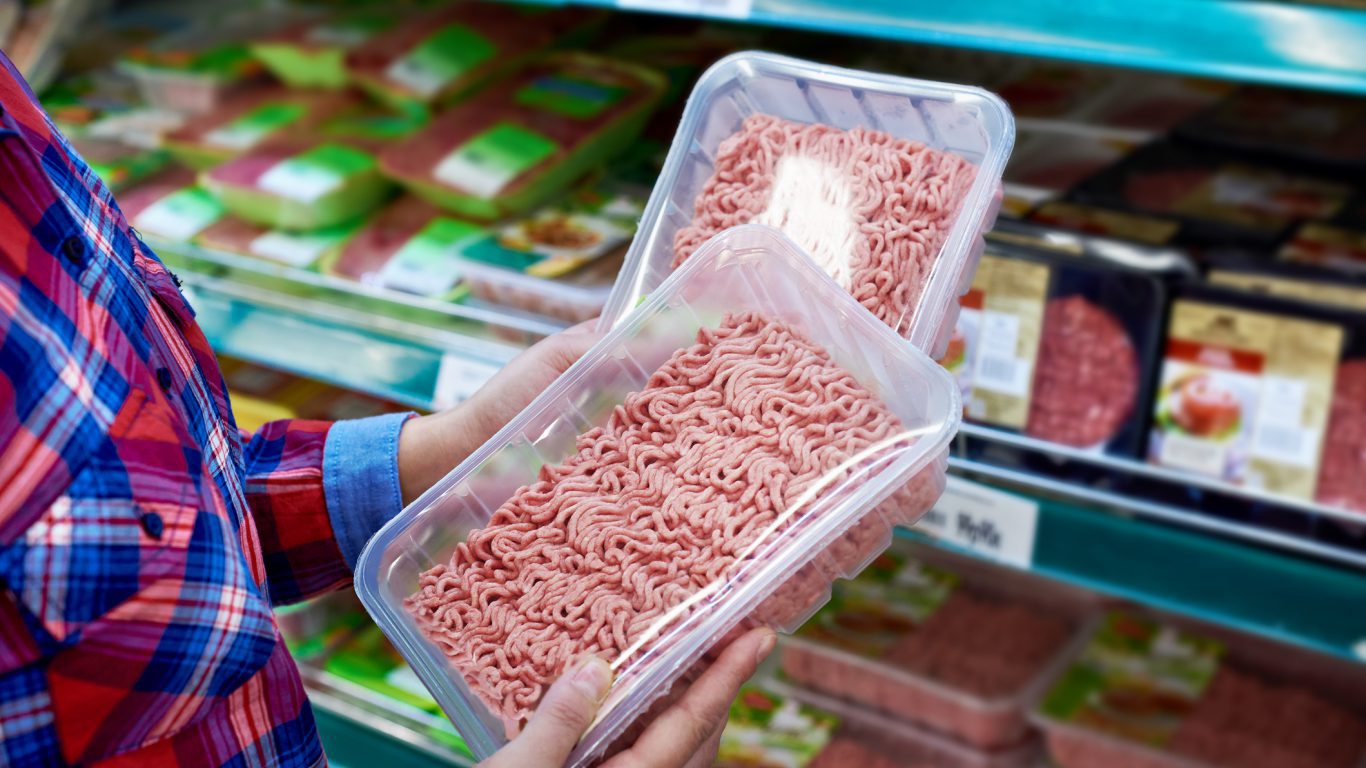
3. Uncooked ground beef
> 10-year price increase: 52.5%
Click image to enlarge
The increase in the price of ground beef has largely been the result of a beef supply shortage in the United States brought on by years of drought in the top cattle-producing regions of the country, as well as rising feed and energy prices. As the average retail price of fresh beef rose from $3.63 per pound in January 2007 to $5.68 in December 2017, consumption also declined. Over roughly the same period, per-capita consumption of beef in the U.S. fell by 15%.
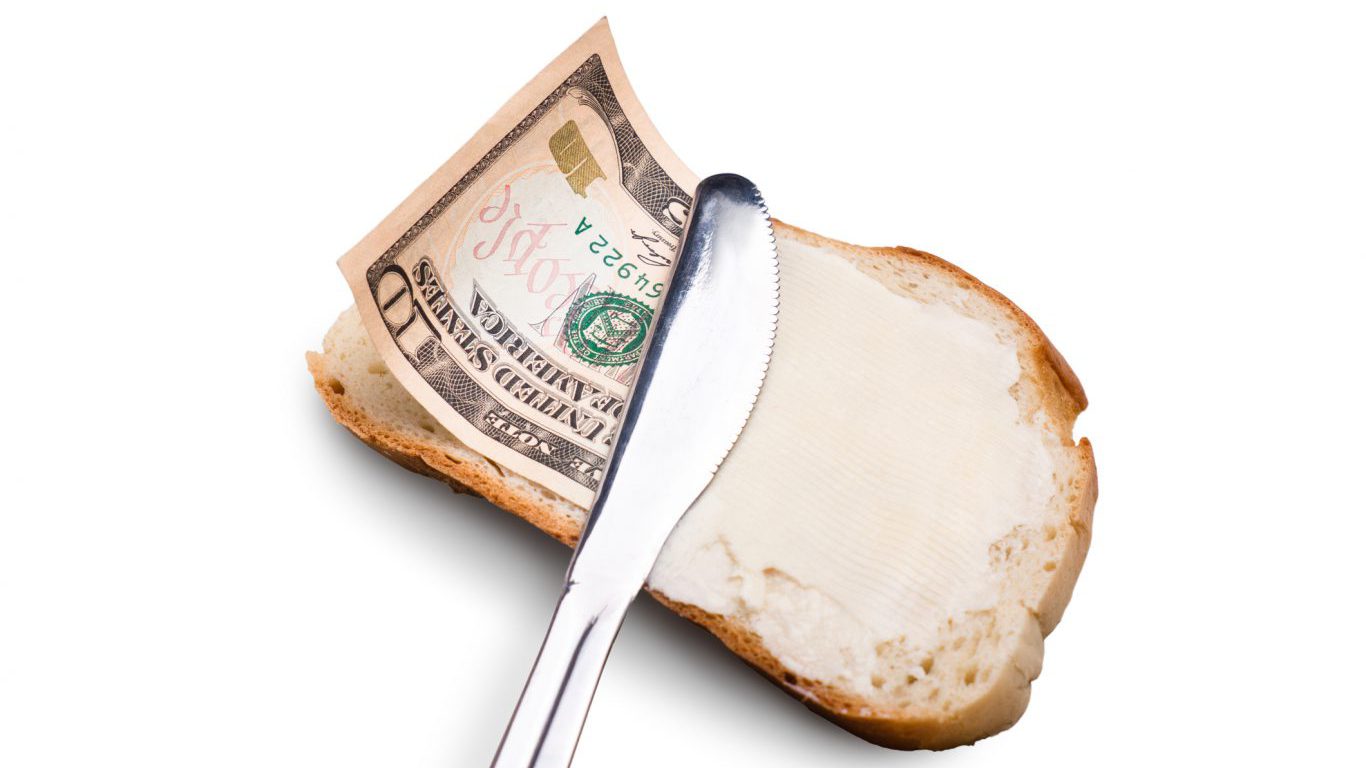
2. Butter and margarine
> 10-year price increase: 54.9%
[in-text-ad-2]
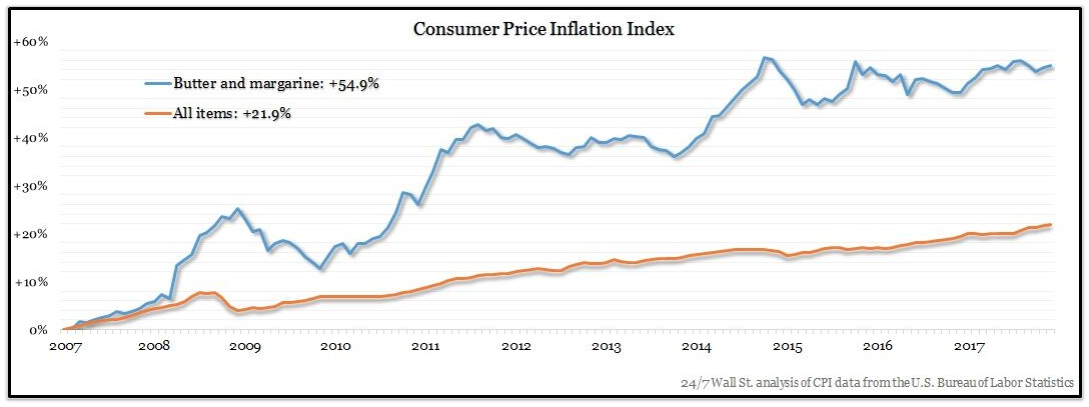
Click image to enlarge
While shortages and rationing of butter in WWII led Americans to consume more margarine by the mid-1950s, butter eventually reclaimed its placed as the country’s most popular spread by 2010. The relatively recent rise in demand for butter may be partially due to research that has helped reduce the negative perception of saturated fats found in butter and other dairy products. While butter and margarine are considered substitute goods — the increased demand for one often coincides with a decline in demand for the other — the prices of both rose in the past decade. The price of butter increased 42.1%, while the price of margarine climbed 62.1% over the past 10 years — each faster than nearly any other grocery product.
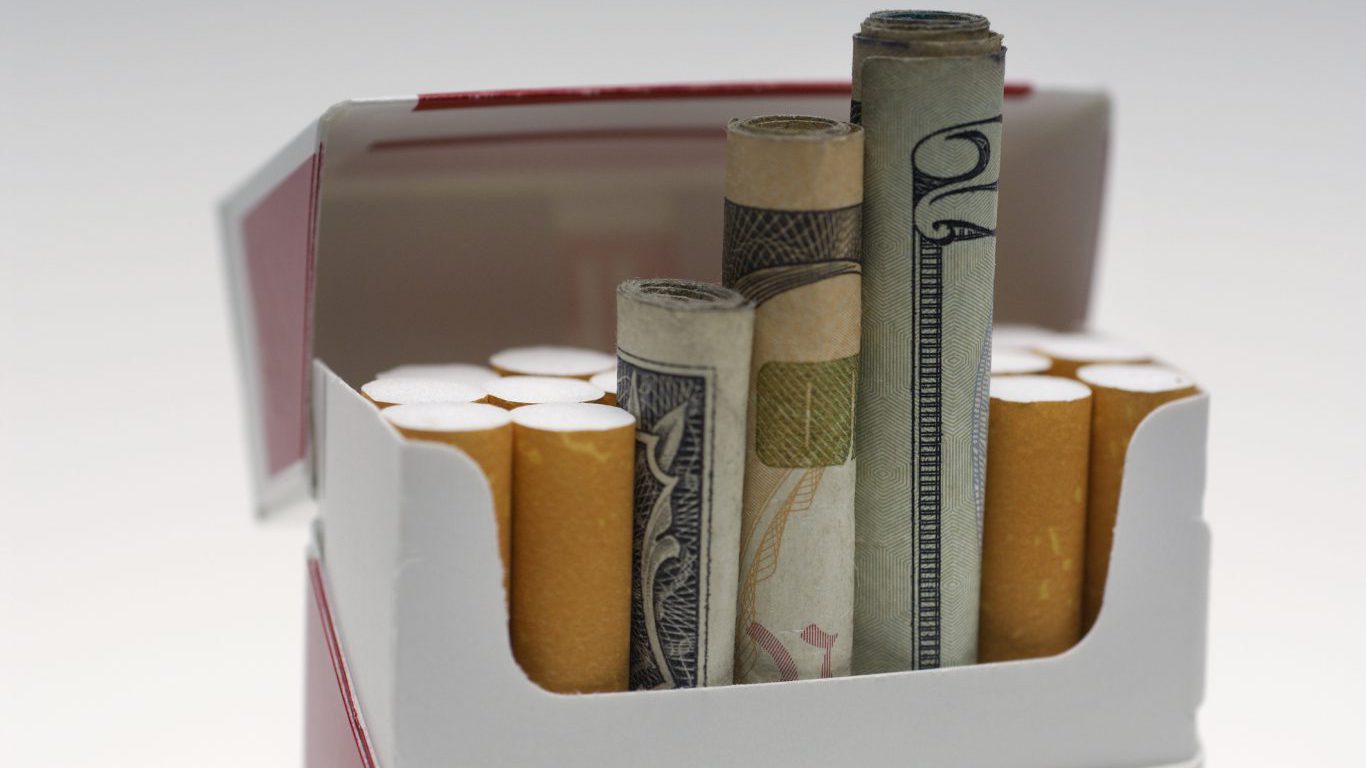
1. Tobacco and smoking products
> 10-year price increase: 92.2%
Click image to enlarge
The price of tobacco and smoking products in the U.S. nearly doubled in the past decade, rising by 92.2% from 2007 to 2017 — the largest increase of any grocery item in the country. The rise was largely due to a federal tax hike implemented on April 1, 2009 that increased the tax on cigarettes by 61.7 cents per pack. As a result, cigarette sales declined by 8.3% in 2009 alone — the largest decline in nearly 80 years.
Detailed Findings & Methodology
The price of beef has risen faster than the prices of most foods. Over the past decade, uncooked ground beef and uncooked beef steaks had the third and seventh fastest price increases of any grocery item.
The rise in price was largely due to a beef supply shortage in the United States brought on by years of drought in the top cattle-producing regions of the country. Rising feed and energy prices also contributed to the price hike. The U.S. cattle inventory fell to a 50-year low in 2015 and remains relatively low today. The increase in the price of fresh beef — from $3.63 per pound in January 2007 to $5.68 in December 2017 — likely led many Americans to cut back on red meat. Per-capita consumption of beef in the United States fell by about 15% over the last decade.
Poultry prices have also risen especially fast in recent years. The price of eggs rose by 26.4% from 2007 to 2017, and the price of fresh whole chickens rose by 35.1%. Much of the price increase in poultry products occurred in 2015, when the worst outbreak of avian flu in U.S. history led to the deaths of approximately 10% of the country’s egg-laying hens.
Baked goods and their ingredients are also well-represented on this list. The price of butter rose 42.1% between 2007 and 2017, and the price of flour rose 26.0%. Items that require butter and flour as main ingredients, such as fresh biscuits, rolls, muffins, cakes, cupcakes, and cookies, increased in price by a similar magnitude.
The grocery item with the largest increase in price is tobacco. The price of tobacco and smoking products rose 92.2% over the past 10 years, more than four times the overall rate of inflation. The increase was largely due to a federal tax hike implemented on April 1, 2009 that increased the tax on cigarettes by 61.7 cents per pack and on dipping tobacco by 92.5 cents per pound. Partially as a result, cigarette sales declined by 8.3% in 2009 alone — the largest decline in nearly 80 years.
To determine the groceries driving up food bills the most, 24/7 Wall St. analyzed changes in the consumer price index from January 2007 to December 2017 for over 300 goods using data from the Bureau of Labor Statistics. To avoid double counting, only food items at the finest level of detail within the CPI food product taxonomy were included on this list.
Retirement planning doesn’t have to feel overwhelming. The key is finding expert guidance—and SmartAsset’s simple quiz makes it easier than ever for you to connect with a vetted financial advisor.
Here’s how it works:
Why wait? Start building the retirement you’ve always dreamed of. Click here to get started today!
Thank you for reading! Have some feedback for us?
Contact the 24/7 Wall St. editorial team.